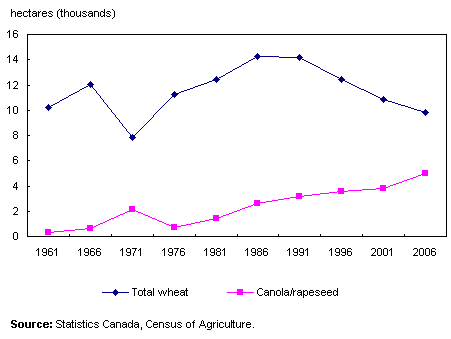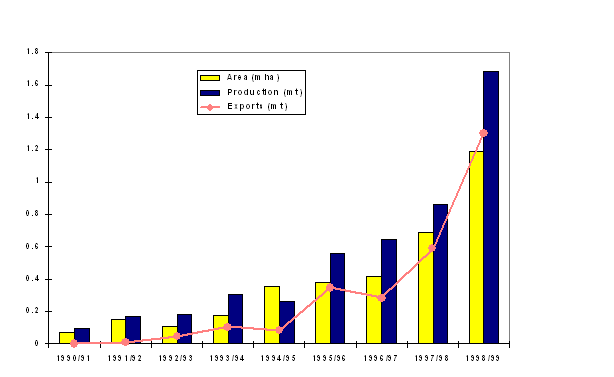- Joined
- Nov 10, 2008
- Messages
- 761
- Reaction score
- 45
- Location
- Oxfordshire
- Hive Type
- Commercial
- Number of Hives
- More than 1, numbers seem to go up and down.
When was Oilseed Rape first used in the UK?

















Commercially not really very big until mid 70's I believe




Enter your email address to join: